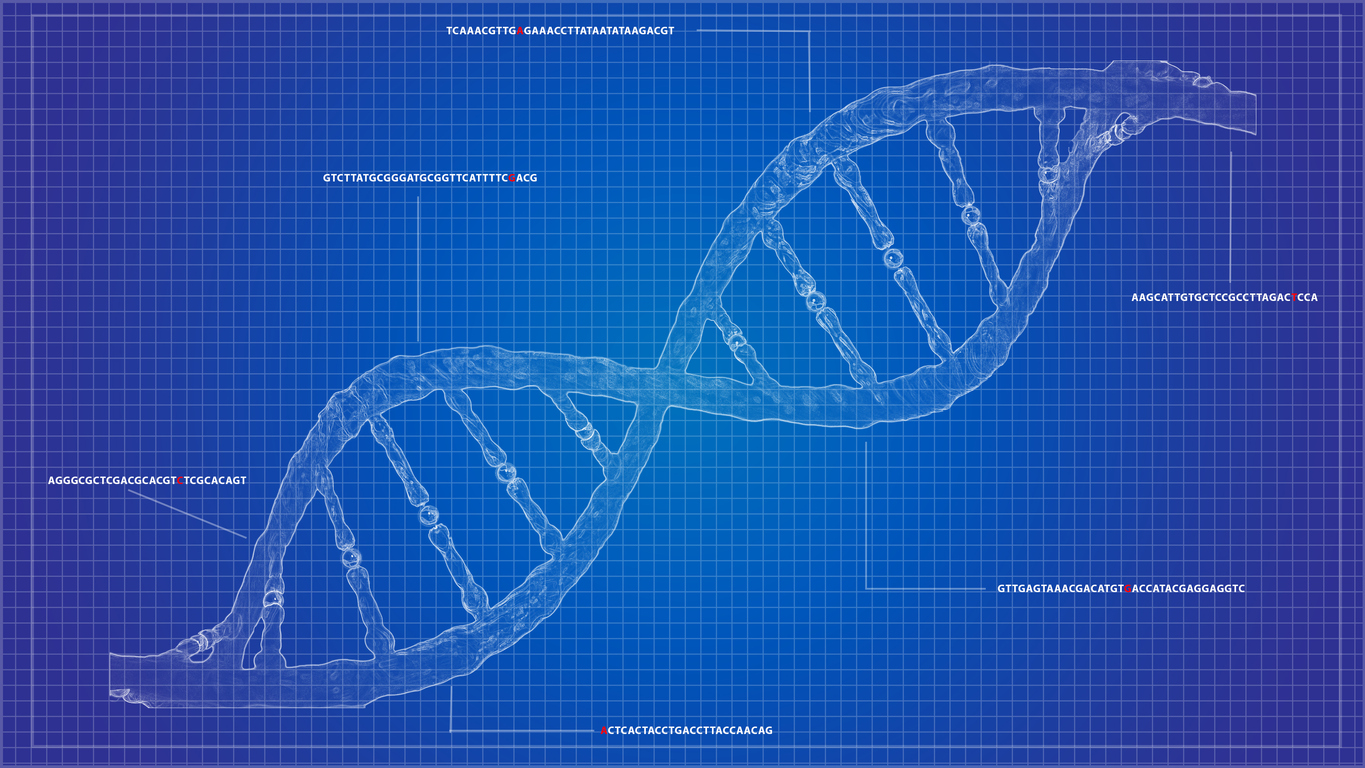
Computational Biology Experts Expand Genome Editing Applications
July 1, 2020| |
Computational biologists in the Media Lab's Molecular Machines group and the MIT Center for Bits and Atoms have successfully engineered new proteins with improved genome editing capabilities and patterned from naturally occurring enzymes. This breakthrough reported in Nature Biotechnology significantly expands the spectrum of DNA sequences that can be accurately and effectively accessed.
The CRISPR-Cas9 system was patterned by scientists from nature. Bacteria use CRISPR as an adaptive immune system to guard themselves against virus attacks. With the discovery of CRISPR proteins in bacteria such as Cas9, researchers are able to target, cut, and degrade particular sequences of DNA together with a guide RNA. However, Cas9 is dependent on DNA ZIP codes to locate where to cut and edit. For instance, Cas9 from Streptococcus pyogenes needs two G nucleotides beside the target sites, and only less than 10 percent of DNA sequences meets this condition.
In 2018, the team characterized Cas9 from Streptococcus canis bacteria (ScCas9) which expanded the target sites from 10 to about 50 percent. In their latest breakthrough, the scientists used computation and experimentation to identify unique portions from similar Cas9 proteins to engineer an optimized version of ScCas9, now labeled as Sc++. It is the first known enzyme to simultaneously show significant properties for effective genome editing: broad targeting capability, robust cutting activity, and minimal off-target errors.
Read more information in Nature Biotechnology and MIT News.
| |
You might also like:
- Pocket K No. 54: Plant Breeding Innovation: CRISPR-Cas9
- Salk Scientists Use Modified CRISPR System to Treat Diseases
- Japanese Researchers Establish New Cas9 Variant
Biotech Updates is a weekly newsletter of ISAAA, a not-for-profit organization. It is distributed for free to over 22,000 subscribers worldwide to inform them about the key developments in biosciences, especially in biotechnology. Your support will help us in our mission to feed the world with knowledge. You can help by donating as little as $10.
-
See more articles:
-
News from Around the World
- Webinar: Bio-entrepreneurship Opportunities in Genome Editing
- African Women for Biosciences Embrace Social Media for Communicating Science
- Study of 100 Varieties Reveals Tomato's Hidden Mutations
- 15 Canadian Universities Sign Charter to Address Climate Change
- Scientists Complete Field Trial of Swedish Transgenic Trees
- EFSA Releases Scientific Assessment of GM Maize MZIR 098
- Plant Gene to Boost Phosphorous Intake
-
Research Highlights
- GM Rice Provides Natural Source of Antihypertensive Agents
-
Plant
- Gene Editing Leads to High Yield and Enhanced Aroma in Rice
- Computational Biology Experts Expand Genome Editing Applications
-
Read the latest: - Biotech Updates (November 12, 2025)
- Gene Editing Supplement (October 29, 2025)
- Gene Drive Supplement (February 22, 2023)
-
Subscribe to BU: - Share
- Tweet

